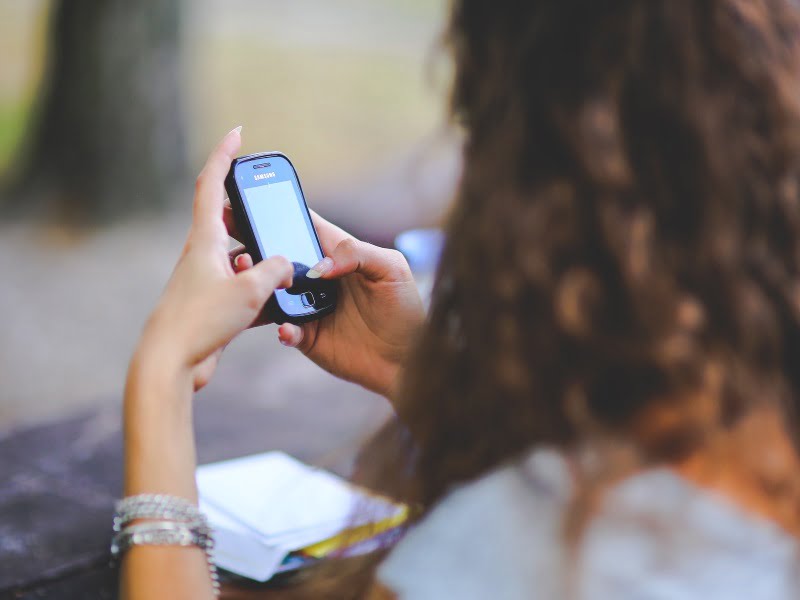
The Internet of Things is even more real in Taiwan’s National Chung Hsing University with the innovative Mark Ven, a civil engineering PhD student. He used the Apple Watch’s motion sensors to control his drone, a homekit lamp and a ball, and will probably work on other devices too with a little tweaking.
The team, called PVD+, isn’t tampering with The Force; rather, they wrote an algorithm which Ven installed on his Apple Watch to enable it to serve as a remote control using only hand gestures. Is that amazing or what?
The algorithm, dubbed as “The Dong Algorithm,” is not limited to the Apple Watch. Ven’s team wrote the algorithm to be applicable to smartwatches and other wearables with motion sensors. That’s not saying that any smartwatch and gadget company can just make use of the code because the team responsible for creating it is looking into patenting it.
How Does The Algorithm Work?
Just as the installed algorithm in Ven’s Apple Watch, the program makes use of the sensors in the device to send “instructions” to whichever gadget you’re looking to control. Ven demonstrated how the algorithm works using three items: a Parrot AR Drone 3.0, a Sphero robotic ball and a Phillips Hue Homekit LED light.
For the Parrot AR Drone 3.0, Ven merely moved his hand towards the direction he wanted the drone to take, and after interpreting his gestures, the Apple Watch sent the drone to the direction he chose. The entire process was controlled by the Apple Watch, meaning, from its take-off to maintaining its height mid-flight, changing flight directions and landing.
“… Now we can use a wearable device, and through human behavior and gestures directly interact with them,” Ven said in an interview.
The controls are the same for the Sphero robotic ball that Ven also demonstrated. Since this toy doesn’t fly, the controls are mostly used to control which direction the ball will roll. What makes this exciting is actually the company that made the toy. Sphero is also the manufacturer for the “Star Wars: The Force Awakes” BB-8 app-enabled droid. How cool would it be to control your own BB-8 with The Force from your wearable device? The answer is: very.
As for the Phillips Hue Homekit LED light, Ven demonstrated two types of control. The first is turning the light on and off by clapping twice — not really an innovative idea since this has been done before — and the other is by changing the color of the light by tracing a letter. To put it simply, trace the letter ‘R’ on air and the light will turn to red and it will turn yellow when you trace ‘Y.’
It’s definitely something that Apple and developers of smartwatches and other wearable devices can capitalize on and it opens new possibilities for a smarter home since PVD+ is not limiting the algorithm’s use to toys and lighting kits.
What’s So Interesting About The Algorithm?
For one, unmanned aerial vehicles (UAV) have been around for a while now but each of the models has its own remote control. Just imagine how cool it would be if you can get rid of bulky remote controls altogether and just use your wearable device when you play. Wearables won’t just be for work and fitness, they can also be used for playing! Just make sure to disconnect it from the Sphero ball when you go for a jog, if that’s what it is connected to, to avoid accidents and mishaps.
This algorithm is just proof that Kevin Ashton’s vision of a very much interconnected environment in the near future is within reach.
[“source-techtimes”]





